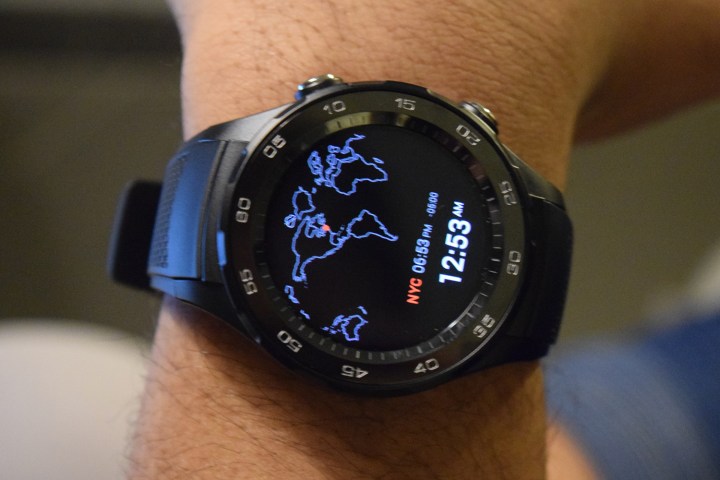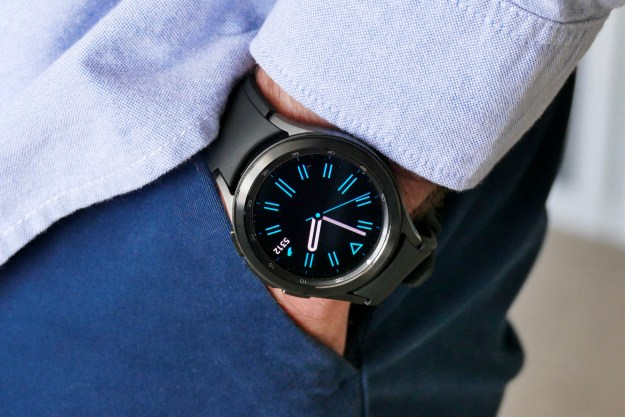
According to a new report from Canalysis, people will buy 18 percent more smartwatches in 2017 than they did the previous year, driving total annual sales to rise to $10 billion. Specifically, the firm expects shipments of as many as 28.5 million smartwatch units this year, and a subsequent decline in sales among traditional watchmakers.
Overall, Canalysis expects that the value of the smartwatch market will hit about two-thirds of the traditional Swiss watch market by the end of 2017. That’s despite the fact that the average price of smartwatches is projected to increase.
The firm predicts most of the growth will be driven by increased sales of Android Wear smartwatches. Several, including Swiss watchmaker Tag Heuer’s Connected watch, will launch at the watchmaker conference Baselworld 2017 in late March.
“Watchmakers’ survival will depend on creating competitive smartwatches,” Canalysis analyst Jason Low said in a statement with the report. “Forming partnerships with competitive companies will be the first step. A well-formulated strategy to sell a watch will play a larger role as watchmakers have to appeal not only to watch fans, but consumers who are yet to buy a wearable.”
Not not everyone is convinced the smartwatch market is primed for a turnaround, though.
Projections from eMarketer are much glummer. The firm expects smartwatch usage this year to reach about 40 million U.S. adults, far short of its initial estimate of 64 million. It blames the new projections on the high cost of smartwatches and a lack of well-defined use cases.
“Before Apple launched its Watch, fitness trackers dominated the wearables space, and consumer surveys consistently found that tracking health and fitness was the main reason people were interested in wearables,” Cathy Boyle, an eMarketer analyst, said in a note to investors. “They also reported high price sensitivity. Without a clear use case for smart watches — which have more features than fitness trackers, but significant overlap with smartphone functionality — the more sophisticated, expensive devices have not caught on as quickly as expected.”
Time will tell who’s right. But one thing’s for certain: Smartwatch makers haven’t given up hope yet.
Editors' Recommendations
- Nomad’s new iPhone case and Apple Watch band may be its coolest yet
- Don’t listen to Google. The Pixel Watch 2 isn’t a smartwatch at all
- The Pixel Watch reminds me why I love smartwatches, but don’t love it
- Don’t wait for the Pixel Watch, get this $140 smartwatch instead
- Android 12L and Wear OS 3 show Google still isn’t serious about tablets and smartwatches


